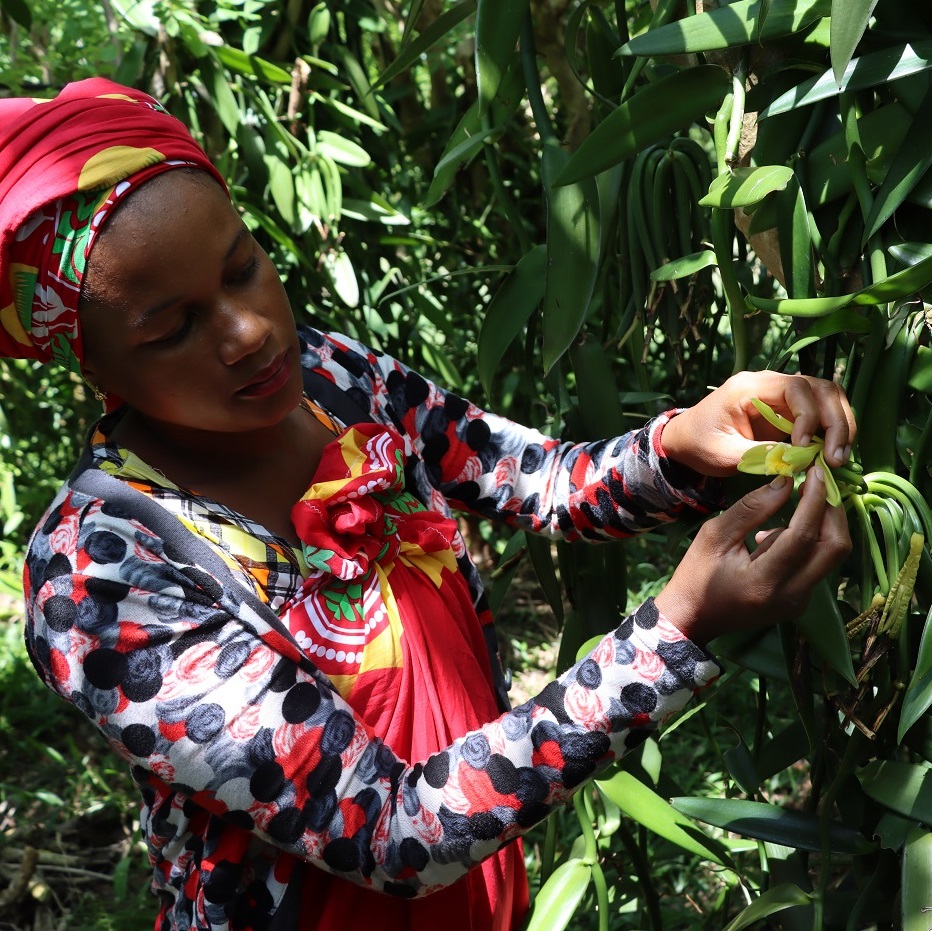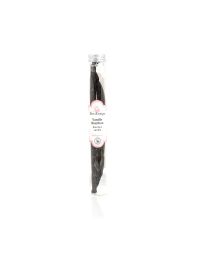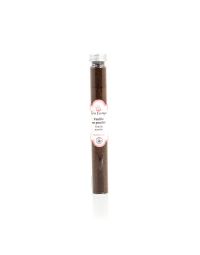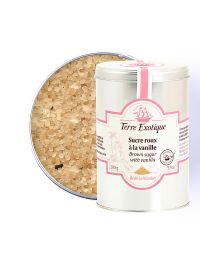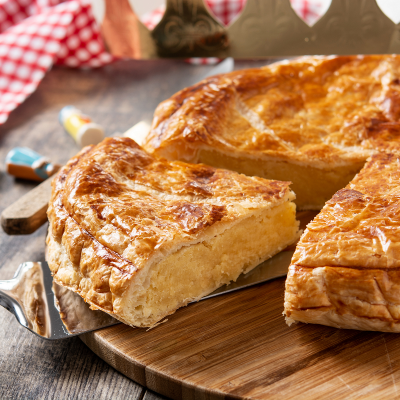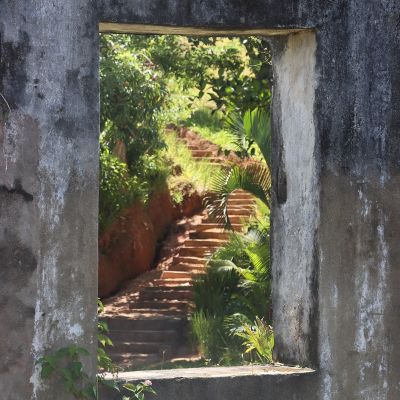To meet the Vanilla Matchmakers
Back from Madagascar, 2024

Vanilla comes from the pods of the Vanilla planifolia orchid, also known as the vanilla orchid. The plant climbs on supports like trees to reach sunlight. It is a type of epiphytic orchid, which means it grows on other plants without harming them.
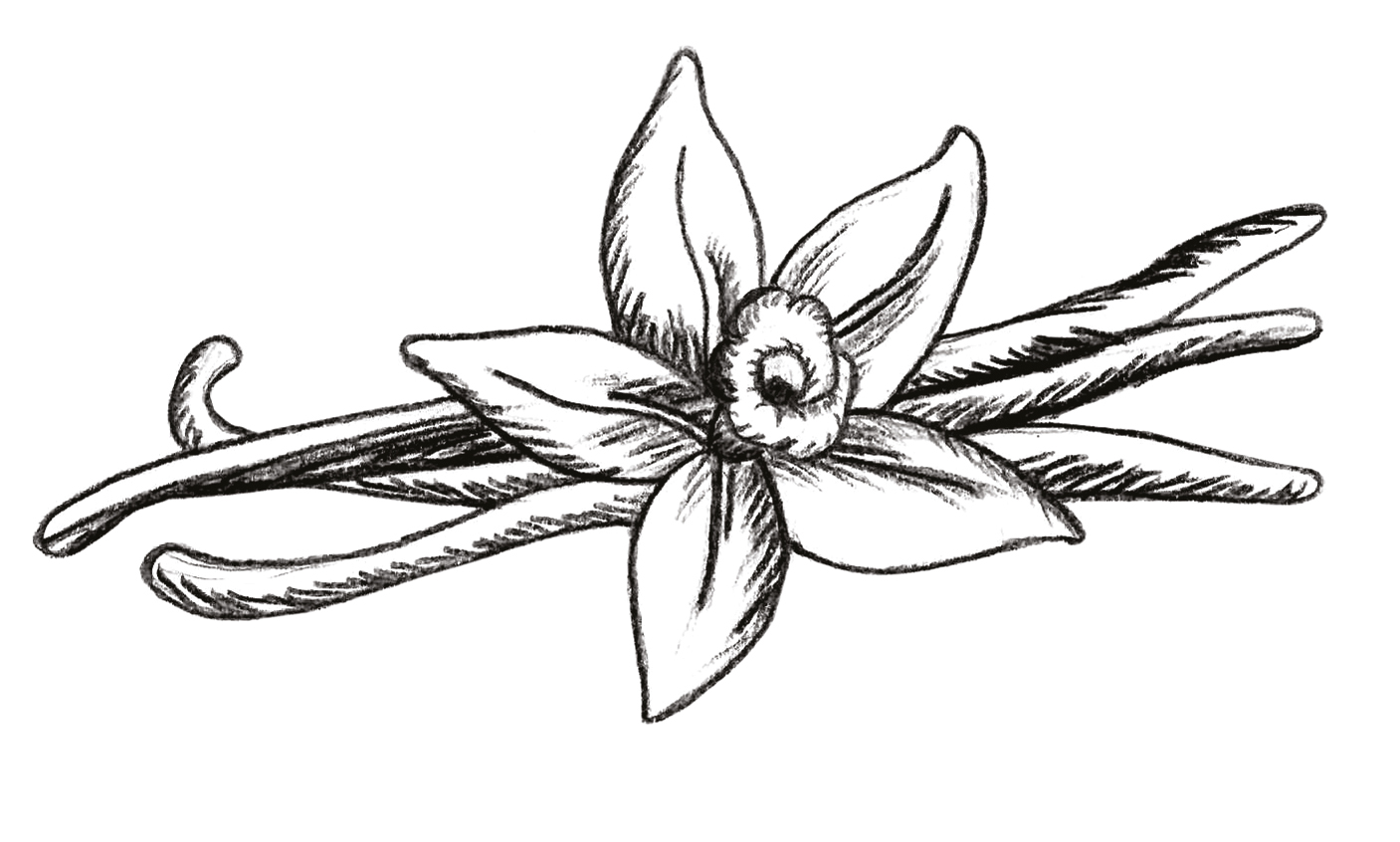
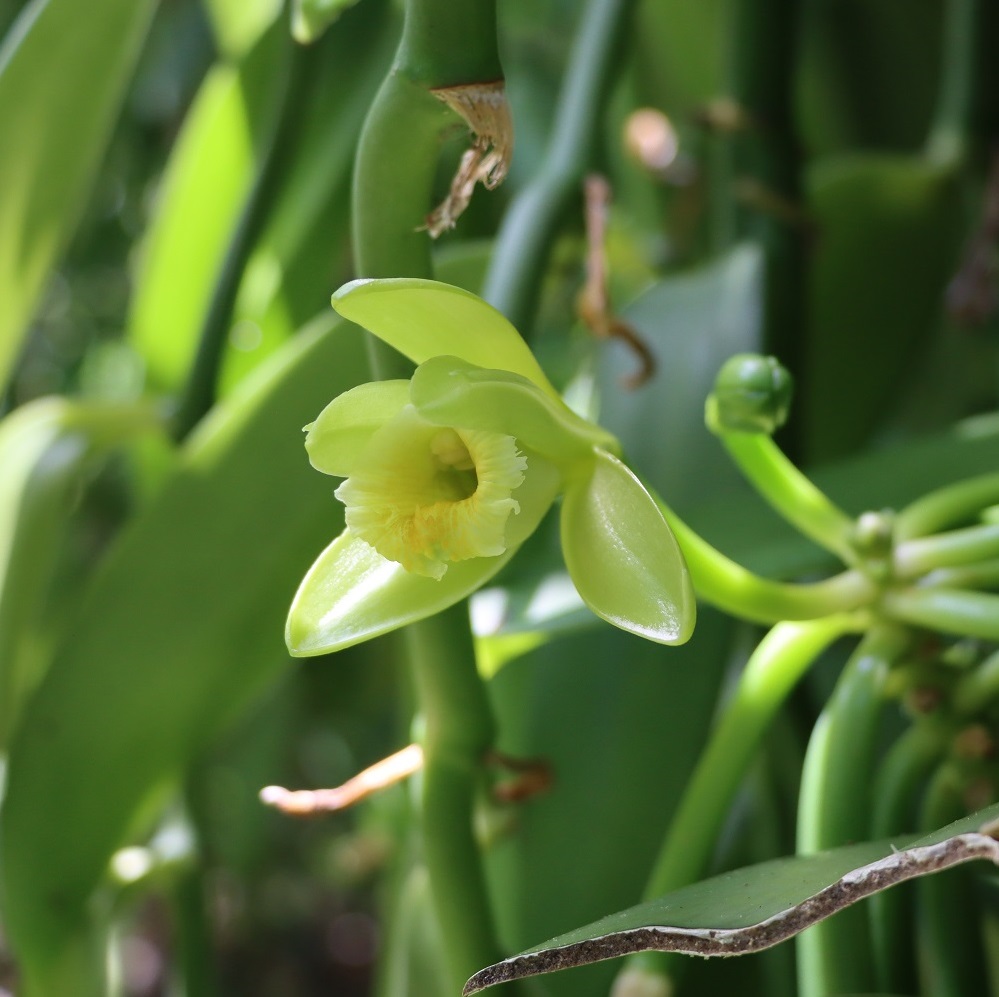
Flowering
With its beautiful white or yellowish flowers that briefly open each morning, the flowering of the vanilla orchid is a spectacle in itself. What makes this orchid unique is that the pollination of its flowers can only be done by specific bees and butterflies found only in certain regions of America. In the absence of these pollinators, pollination must be done manually, flower by flower, by humans. Mastering the pollination of vanilla is not an easy task. It requires a great deal of precision, delicacy, and patience.
Fertilization
This stage plays a crucial role in the formation of vanilla pods, as without it, there will be no fruit. Pollination is done in dry weather, every morning, because vanilla flowers have a short lifespan, lasting only a few hours.
Using a sharp instrument, the "marieuse" (a nickname given to the women who guard the know-how of pollination) gently removes the cap of the vanilla flower, thus exposing the male part. Using the same instrument, the marieuse then lifts the flap that separates the female part from the male part of the flower, and with her fingers, brings the pollen-bearing stamen closer.
Using a sharp instrument, the "marieuse" (a nickname given to the women who guard the know-how of pollination) gently removes the cap of the vanilla flower, thus exposing the male part. Using the same instrument, the marieuse then lifts the flap that separates the female part from the male part of the flower, and with her fingers, brings the pollen-bearing stamen closer.
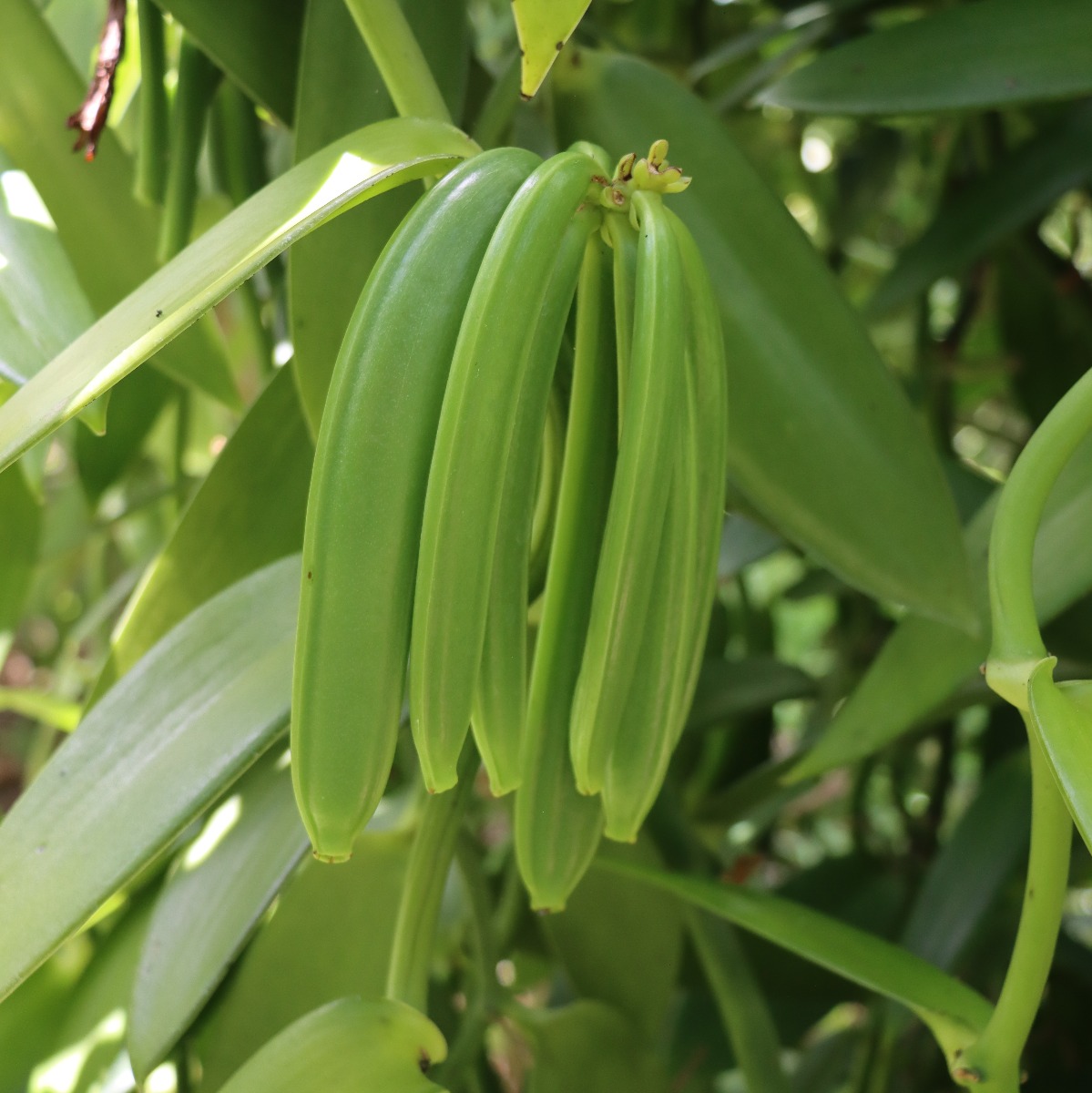
Formation of the Vanilla Pod
After this pollination process, the base of the vanilla flower elongates and points downward to form the green vanilla pod. Approximately two months later, the dried flower falls off, and the vanilla pod reaches its final size. It then takes another eight to nine months after fertilization for the vanilla pod to be ready for harvest.

Did you know?
It was Edmond Albius, a slave from Réunion Island, who discovered the process of vanilla pollination in 1841. At the age of 12, Edmond successfully produced vanilla pods in his master's garden, greatly surprising his master. Prior to this, no one had succeeded in fertilizing vanilla. The young slave then explained the simple and reliable method of manual vanilla pollination. This method was widely adopted by many growers, allowing Réunion Island to start producing and exporting vanilla. In gratitude, the young man was granted his freedom. He then took the name Albius, in reference to the white (alba) color of the orchid.


 Français
Français 
